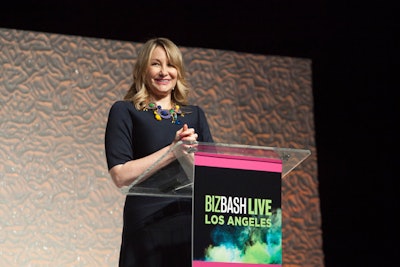
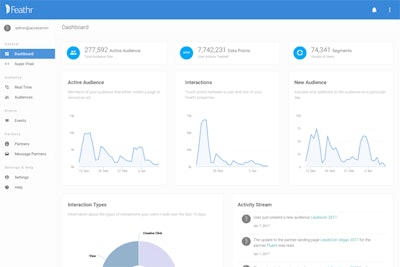
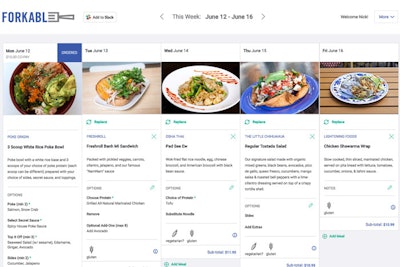
Forkable is a new option to provide individualized lunches for in-office meetings and events. Attendees input their preferences into the online platform, for example to indicate if they are vegetarian or prefer low-calorie meals. The week before the scheduled delivery, Forkable sends a message to each attendee with a suggested lunch from a nearby restaurant, based on the budget determined by the planner. The attendee can accept it or choose from more than a dozen other options. The day of the event, Forkable delivers the lunches labeled with the names of each attendee. Users are asked to rate their lunches so the system becomes “smarter” over time about individual preferences. There’s no contract or commitment, but Forkable does require a minimum of four orders per delivery. The service is available in the San Francisco area, Silicon Valley, New York, Los Angeles, Boston, Chicago, San Diego, Seattle, Washington, and Austin, Texas, with plans for future expansion in the United States and abroad.
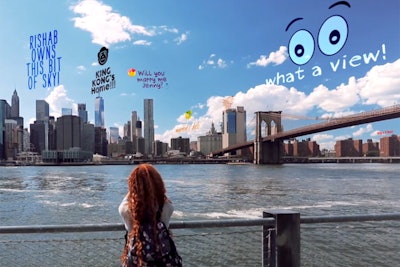
Brands and planners seeking new ways to communicate with their target audience can now look to the sky. Skrite is an augmented-reality app that allows users to upload content such as words, drawings, photos, logos, and more in the sky above a specific location. When people use the Skrite app and tilt their device toward that spot in the sky, they see the content on their device, and that content remains there indefinitely. Skrite functions in zones of the sky measuring about 325 feet in diameter, and each zone can hold 25 pieces of content, or Skrites. The app is free for content creators and viewers, but Skrite also offers a fee-based model for brands that want a more customized interface or to “rent” an entire zone.
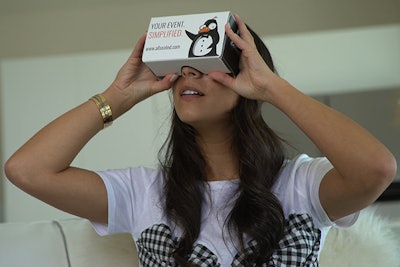
On Monday, AllSeated, a system of free, cloud-based planning tools, released a virtual-reality experience for its venue floor plans. Using AllSeated’s VR goggles, planners can now take a virtual tour of their venue complete with furniture and decor.
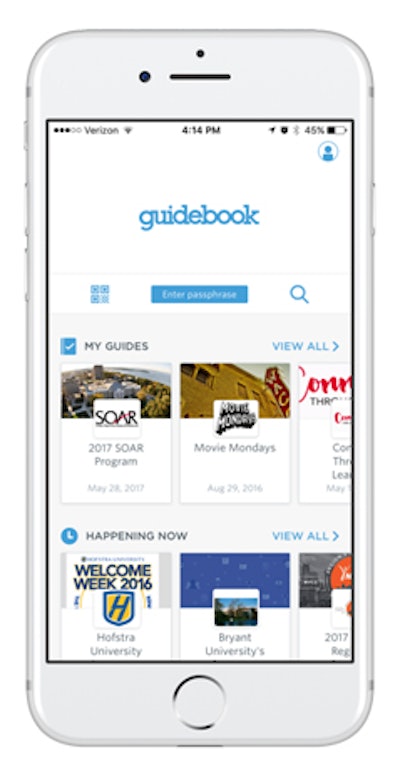
On July 12 Guidebook unveiled Discover, a new in-app experience and design for its mobile app builder. The app now includes new “Happening Now” and “Upcoming” sections that automatically populate based on agenda items currently taking place and that will happen in the near future. The app also has new logic features built in that will guide users to content specifically intended for them. Guidebook has also redesigned the homepage, providing more prominent use of the event’s color palette and logo, to enhance the event’s brand identity.
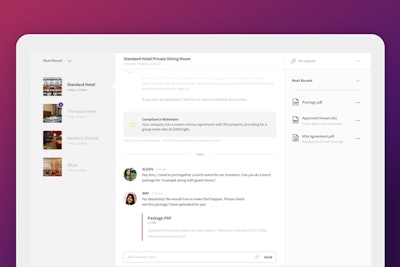
Bizly, an online platform for booking and managing small meetings and events, has added a new artificial-intelligence-powered message center. The new interface allows planners to chat directly with venues to book customized events, add sleeping rooms, negotiate, and complete the transaction, all within the chat. “The AI technology embedded within our message center gets smarter over time, learning and automating user preferences, corporate negotiated rates, approval and legal requirements, and other workflow needs for our enterprise customers,” said Bizly C.E.O. Ron Shah.

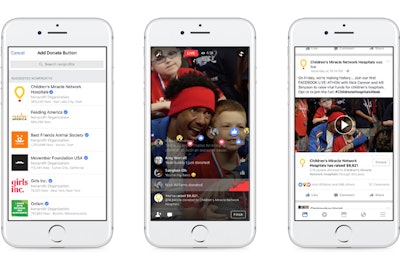
Facebook has made several updates to its charitable giving tools that are available to U.S.-based nonprofits. Verified pages can now add donate buttons to their Facebook Live broadcasts so viewers can donate as they watch, or once the broadcast has ended and is posted to the page. In June, Facebook added a “create a fund-raiser” call-to-action in the page template, so supporters can create fund-raisers directly from the nonprofit’s Facebook page. Nonprofits also can now choose whether to accept donations via the donate button, via fund-raisers, or both.
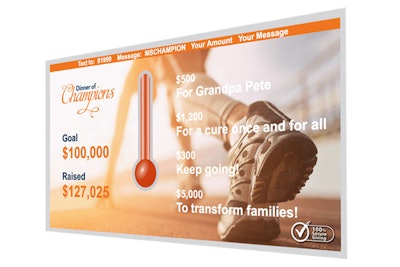
MobileCause, which provides digital fund-raising and communication software for nonprofits, has made several updates to its product, including the addition of tools that allow nonprofits to choose their own template and design for their online fund-raising efforts. National organizations can use MobileCause to create digital campaign templates that they can share with their state and local chapters to create brand and campaign consistency. At events, donors can make pledges simply by texting an event keyword and their donation amount to a designated number. The system also creates a “fund-raising thermometer” that can be displayed on screens around the event to provide real-time updates on progress toward the fund-raising goal. MobileCause can provide hosts with a credit card swiper to take donations on site, and after the event, the system sends automated reminders via text to encourage those who have made pledges to fulfill their donations.
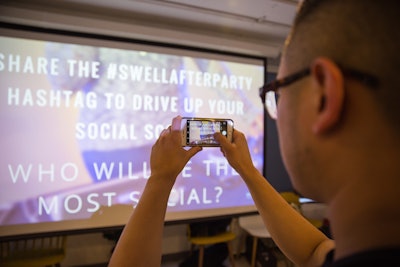
Swell is a fund-raising software comprised of three applications. When planners use Swell to create their event website, every guest who purchases a ticket also gets their own personal fund-raising page, making it easy for them to share the event and request donations from friends. At the event, Swell offers an app to manage check-in. It also sends an email to guests with a personal fund-raising link. To encourage guests to share the event on social media, the company’s newest feature is Swell Slides, which creates a social media wall showing posts with the event hashtag, custom slides, and sponsor logos. When used with the Swell fund-raising platform, Swell Slides also shows leaderboards and totals so planners can use it to gamify the fund-raising activity.
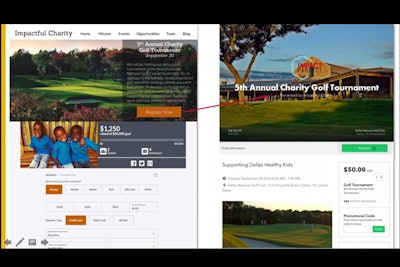
iDonate is a comprehensive digital solution nonprofits can use to manage event ticketing, online and mobile giving, analytics, and integration with Salesforce, MailChimp, and more. Planners can create a branded event page to sell tickets, process check-in, encourage social sharing, take donations before the event, and more. iDonate also provides a form that can be added to the website to manage donations of non-cash items, such as cars, furniture, and more. The system handles the physical transfer of the item, selling, and title transfer if it is a vehicle.

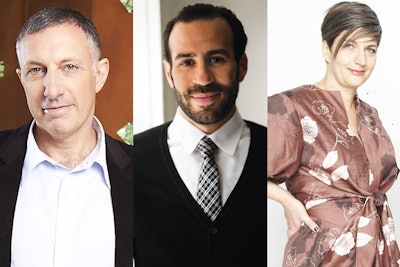

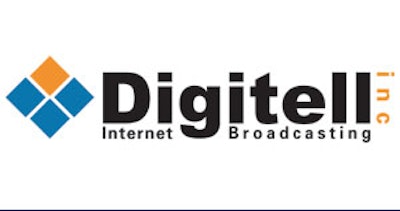
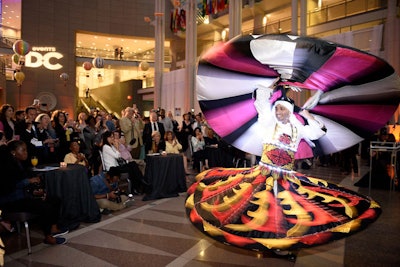

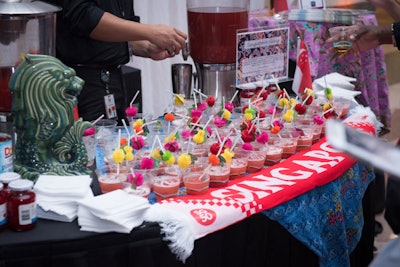
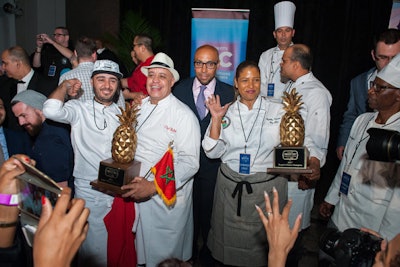

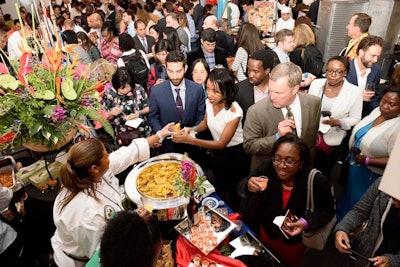
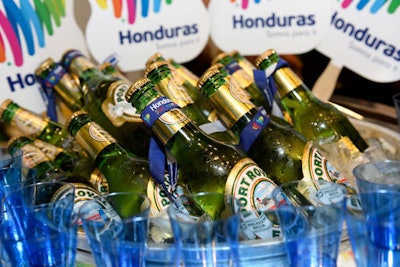
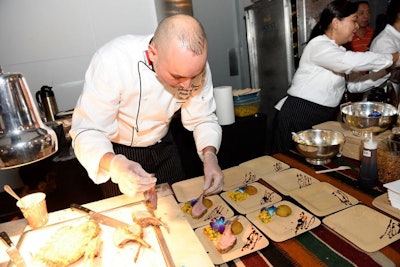
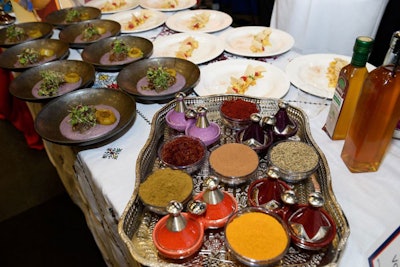
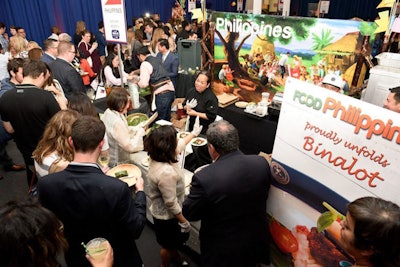
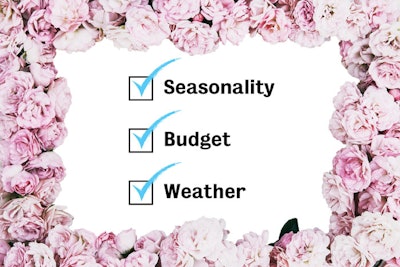
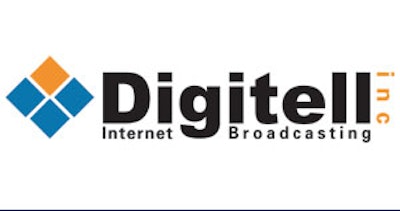

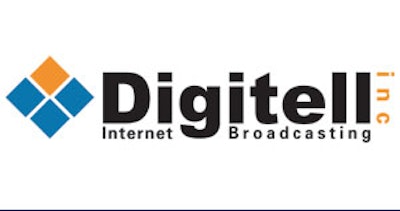
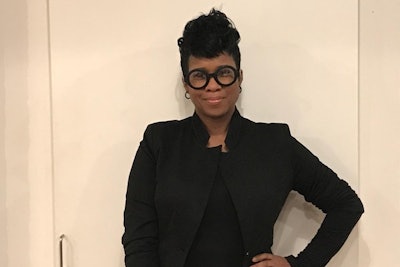


SelfieSpott is a new text-based photo branding opportunity from CTM Events. Planners can create a graphic overlay with their event’s logo and information. Then when guests text their photo to a designated number, they instantly receive a message back that provides a link to their image with the branded content added. The link has a “flip over” option so additional content, such as photos and sponsor information, can be included on the virtual “back” of the photo. Each SelfieSpott image also has social sharing links included so users can share their customized photo on Facebook and Twitter or via email or text. Planners also receive the mobile number or email of users for later permission-based follow-up.
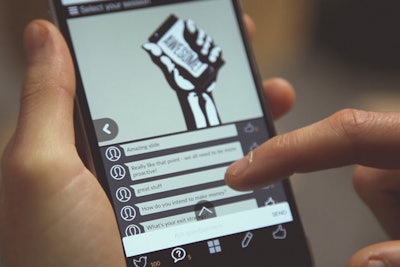
Glisser is an audience engagement system that makes presentations instantly interactive and shareable. It launched in 2014 and recently made several updates, including a PowerPoint add-in that allows presenters to share their slides one by one to audience smartphones as they present. Presenters can also use the system to instantly send polls to the audience and display the results. Audience members can submit questions anonymously to presenters and also vote on the questions that have been asked, which moves the most popular questions to the top. Glisser collects emails and data for every interaction, and the information can be downloaded as a spreadsheet or uploaded into a CRM system. It also has social sharing options so speakers can automatically share slides to Twitter as they present.
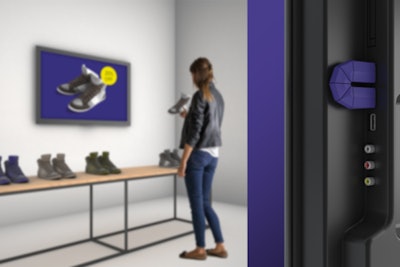
Estimote Mirror is a video-enabled beacon, which means the technology can not only communicate with nearby smartphones and apps but also take content from those apps and display it on nearby digital screens. For example, the system can be used to show personalized content on digital signs around a venue as guests pass by or to show product information at an exhibit booth that’s based on the attendee’s interests, needs, and previous buying habits. The system provides data such as the number, frequency, and duration of visitors to each beacon. Estimote Mirror launched in September.
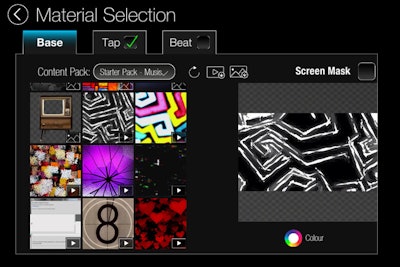
Optoma, a manufacturer of video and audio products, has created an app that enables users to quickly and affordably create projection-mapping experiences for their events. The Projection Mapper app, $4.99, is designed for use with a digital projector and any Android, iOS, or Amazon Kindle Fire device. The app walks users through simple steps to project images and video simultaneously onto multiple flat surfaces or three-dimensional objects. The app launched in October.
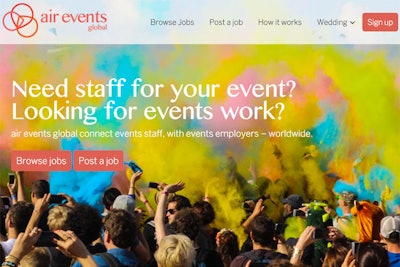
Air Events Global is one of the newest entries in the “sharing economy.” It’s an online marketplace for planners who have event work that needs to be done and freelancers who are looking for such work. The system covers all types of services, such as general event staff, catering assistance, entertainment, and more for both corporate and social events. Planners post jobs, including details about the location, time, and rate they will pay, and then they can communicate directly with freelancers whose profiles match their requests. Payments are held in the platform’s secure system until the job is completed. Both clients and freelancers can leave reviews in the system. Air Events Global will be available starting Friday.
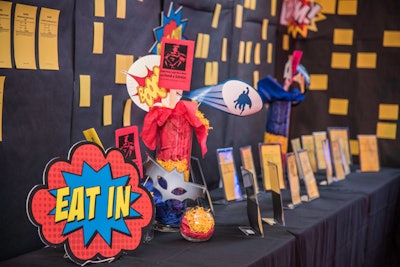


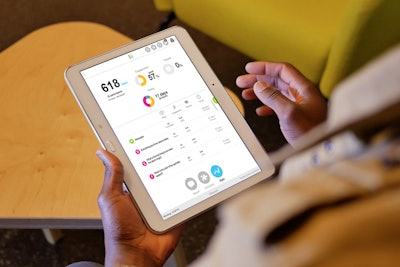
Klaxoon provides a variety of tools to facilitate information-sharing and collaboration at events. Planners can use the system to launch surveys, ask questions, create games, and prompt brainstorming. The system provides real-time results, so planners can track if attendees need clarification on content. The company is based in France, and expanded to the United States in June.
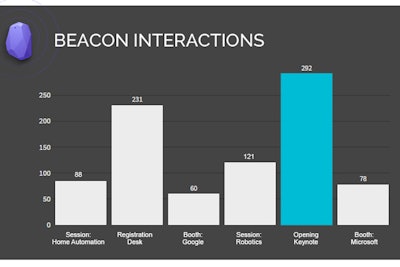
Beep is a beacon-enabled mobile app and attendee analytics platform. The system uses Bluetooth low-energy beacons to track attendee movement and dwell time, for example as they visit an exhibitor booth or attend a keynote session. Beep can also be used to send your guests location-based alerts and content, such as coupons, case studies, and website URLs, and can be set to trigger this content when they are anywhere from five to 230 feet from a beacon. Planners can access their event data in real-time from a Web-based dashboard.
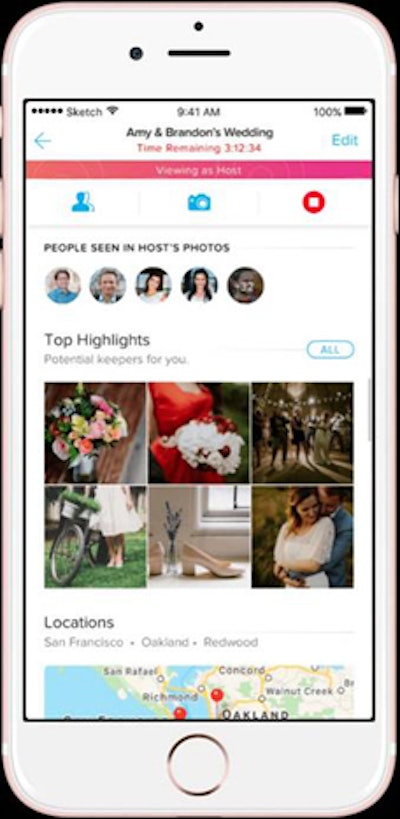
Photo Butler is a new, free photo-sharing app for events. Hosts create a private album in the app and then invite guests to view and contribute their images. Those that choose to participate have all of their photos automatically added to the stream, without the need to text, upload, or email. The app’s algorithm pulls the best photos together into a highlight album.
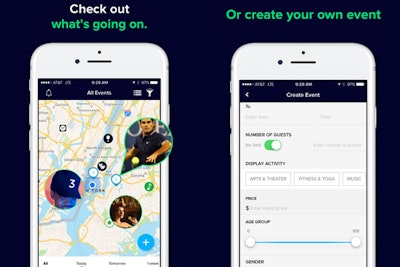
Asembl is a new, free event discovery and promotion app. Planners create their event in the app, tag it with descriptive attributes (such as art and theater, fitness, music, etc.) and indicate the cost to attend and the target age group and gender. Users can then filter events based on attributes as well as by what their friends are attending. Events are displayed on a map so users can also search for events within a certain distance.
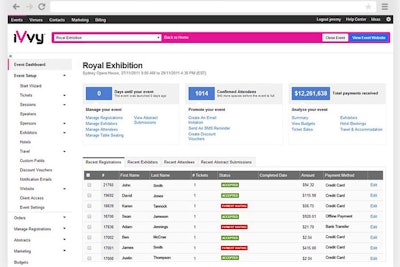
Ivvy is an event management system for venues and meeting planners. Based in Australia, the company has thousands of users in 13 countries, and this summer launched in North America. The system provides tools for planners to create custom websites, manage registration, coordinate hotel and airline bookings, coordinate speakers and sponsors, accept payments, and more. The venue capabilities allow planners to search, compare, and book event space, catering, and group accommodations by reviewing real-time availability, rates, and inventory. The venue component is available now in North America, and the planning tools will be available in the near future.
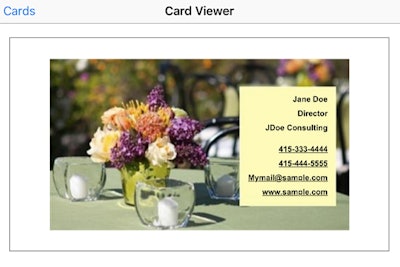
MoveShake is an app that allows users to design, create, share, and store virtual business cards. The cards are interactive, so clicking on the phone number in the image launches the phone’s dialer and clicking on the email launches the phone’s email client. Contacts be exported to a phone’s contacts and synced to the cloud or other applications. At events, presenters can give attendees their MoveShake ID so they can enter it in the app to immediately get their digital business card. Planners can also use the preload the app with cards from their sponsors, so those are immediately available to all attendees. And the app can be used to create digital badges to manage check-in.

After an injury that ended her ballet career, Maggie Austin enrolled in the L’art de la Pâtisserie program at the French Pastry School in Chicago and discovered a passion for creating sugar flowers. When she posted her original cake designs online, the photos quickly went viral, leading to features on the Today show and HGTV, along with baking gigs for high-profile events like Hollywood shindigs and White House Christmas celebrations. In her book, Maggie Austin Cake: Artistry and Technique (Houghton Mifflin Harcourt), the baker lays out step-by-step instructions on how to create sugar frills, rosettes, and blossoms, and includes incredible detail shots of her work-of-art cakes.

Caterer Peter Callahan, a BizBash innovator, is widely credited as the force behind the mini-burger and bite-size comfort-food craze. In his new book, Peter Callahan’s Party Food: Mini Hors d’Oeuvres, Family-Style Settings, Plated Dishes, Buffet Spreads, Bar Carts (Clarkson Potter), the renowned New York caterer reveals the lessons he’s learned in his 30 years of entertaining, with stories and photos from past events and ideas for show-stopping tablescapes, buffets, seated dinners, and bars. The book, which will be available this month, also offers tips and recipes for creating Callahan’s signature whimsical mini hors d’oeuvres, allowing readers—from novices to seasoned hosts—to master the art of memorable parties.
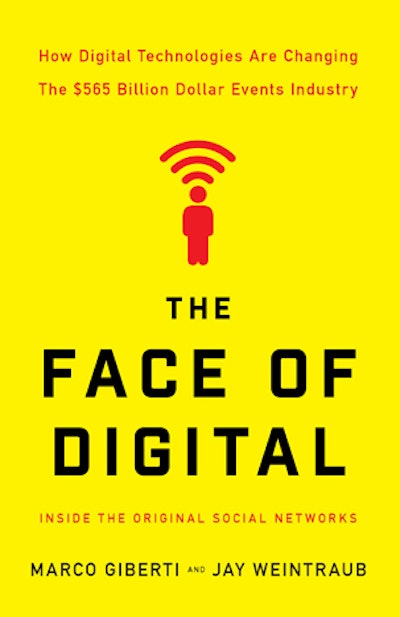
Marco Giberti and Jay Weintraub’s new book, The Face of Digital: How Digital Technologies Are Changing The $565 Billion Dollar Events Industry (Lioncrest Publishing), sounds the alarm, saying that technology is in the early stages of disrupting the industry—in the same way that it’s roiled retail and publishing. But Giberti and Weintraub’s ultimate message is that tech is an event planner’s friend, not enemy. The authors walk through the many ways that technologies such as mobile apps, smart wristbands, beacons, and virtual reality can create better experiences for attendees, aiding rather than eliminating their face-to-face interactions.
Bonus: Listen to our interview with Giberti.
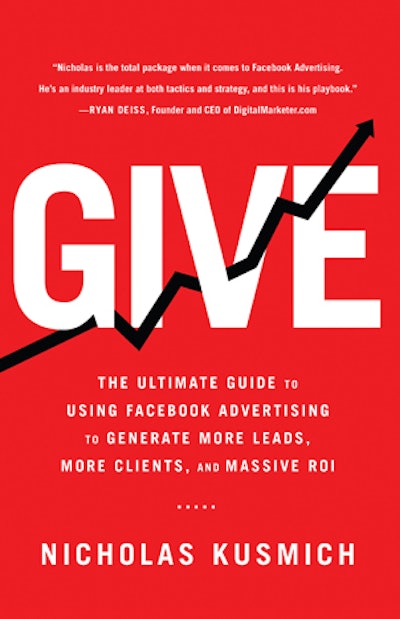
Last year, Facebook boasted more than one billion active users. But marketer Nicholas Kusmich believes that the key to using the massive social media platform is to be seen by the right people at the right time. In Give: The Ultimate Guide to Using Facebook Advertising to Generate More Leads, More Clients, and Massive ROI (Lioncrest Publishing), Kusmich explains his strategy for targeting Facebook ads and writing content that’s less about selling and more about giving an audience something they value. The tome includes a case study that focuses on using this strategy to drive ticket sales for a live event.

“The bottom line is if you’re really good at what you do, you have the freedom to be who you really are.” That’s one of the Sam-isms, or little messages of wisdom, in entrepreneur Sam Zell’s memoir, Am I Being Too Subtle? Straight Talk From a Business Rebel (Portfolio). The self-made billionaire tells the story of how he honed his deal-making skills and created a culture where his employees stay in their jobs for decades. Zell also goes into the “creative, mind-stretching” events he throws for his colleagues and friends—from treasure hunts in limos to Elton John concerts.



















